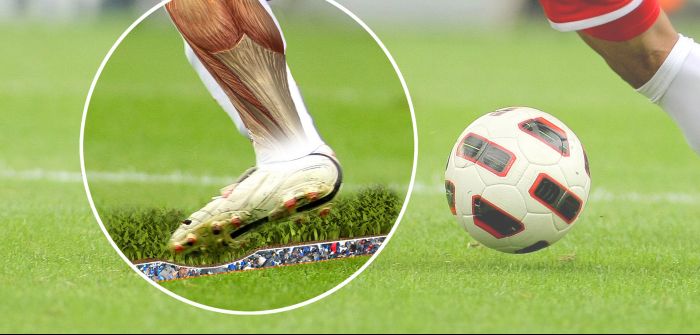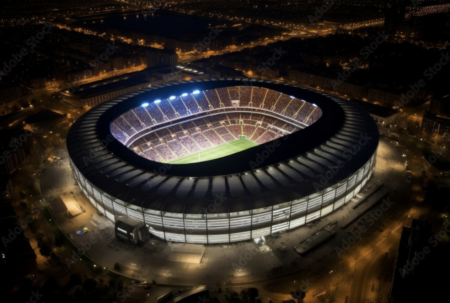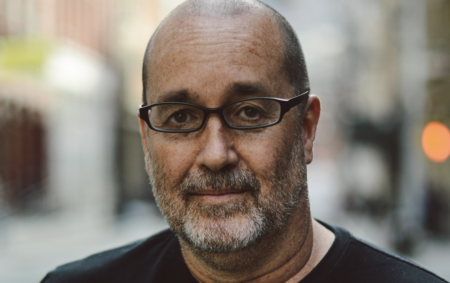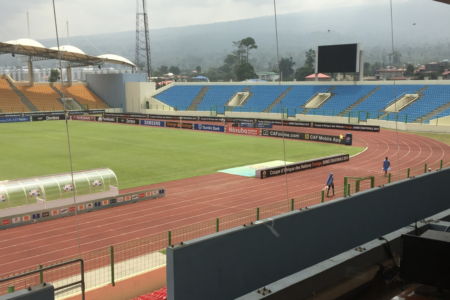What is your role at Schmitz Foam and how do you work with sports stadia?
My role at Schmitz Foam Products is product development and quality assurance. My daily job is to develop products that enhance or even complete (new) synthetic turf solutions for different sports, with a strong focus on consistent and durable performance.
Our products consist of a composite of polyethylene foam which combines a high level of impact attenuation with a high level of permeability. This offers the necessary resilience in terms of shock absorption and foot stability and guarantees a dry and safe surface.
What materials and innovations do you use in your products?
Due to its unique open structure and additional in-plane drainage channels, the products take over the field drainage. This means it diverts the drainage from vertical to horizontal, making a drainage system in the sub-base redundant.
How easy is it to install?
After making sure that the sub-base is level and compacted properly, a liner can be installed if water needs to be prevented from entering the sub-base. The product comes as puzzle-shaped sheets with expansion slots to make the installation an easy job, regardless the location and the weather. The synthetic turf can be installed during or after the installation of the sheets.
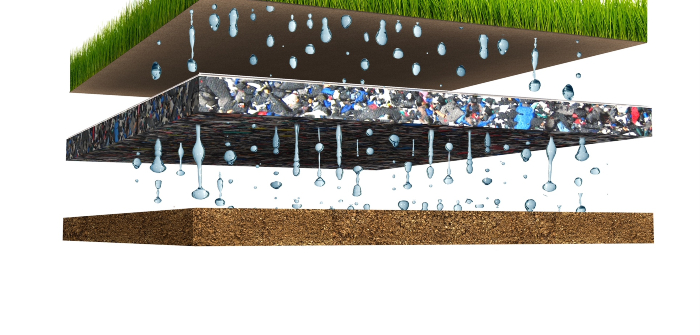
What are the key advantages of your drainage and shock solutions?
In general, synthetic turf pitches can handle more playing hours than natural pitches and are less dependent on the weather. Our products enhance both the playability and the drainage of a synthetic turf pitch by making it less dependent on maintenance. Also, the use of a shock pad underneath the synthetic turf makes the pitch react like a natural turf pitch where the impact attenuation is coming from ‘under’ the turf; whereas in a full rubber synthetic turf system the impact attenuation comes from the face of the surface, which results in poor foot stability.
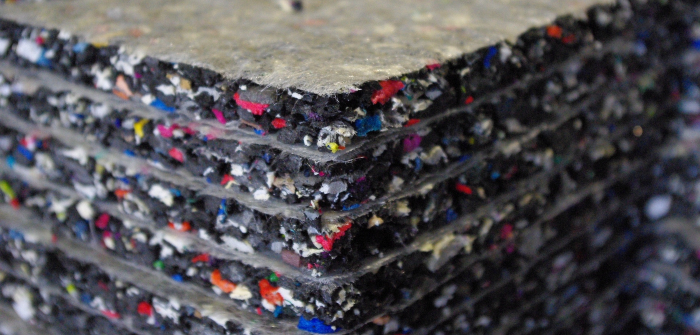
Do you think synthetic turf could replace natural turf at all sports venues?
Yes, absolutely. A synthetic turf solution can be developed for each sport that meets or even exceeds the sport’s specific requirements. However, people prefer nature. As long as it is possible to play their sport on natural turf, they will prefer this over synthetic turf. But in some areas or situations, playing on natural turf is just not possible due to the climate or the intensity of use, which is quite common for community pitches. And in some sports – such as field hockey – the game is played even better on a synthetic turf surface!
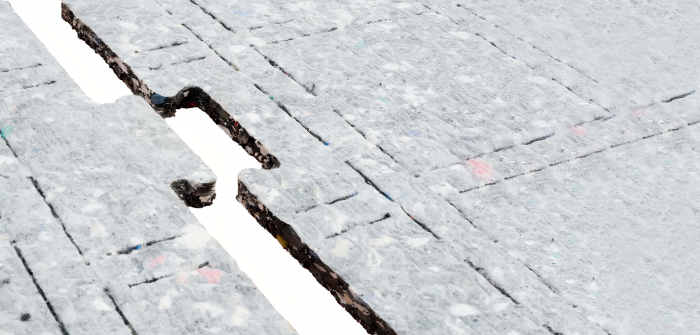
Is a hybrid surface a good compromise to replacing natural turf?
Yes, for elite clubs, but not for the community. A hybrid surface does not solve the problems that community pitches face in terms of local climate and high intensity of use. And the community forms the overall majority of the sports pitches.
June 20, 2018
p.p1 {margin: 0.0px 0.0px 0.0px 0.0px; text-indent: 11.3px; line-height: 11.0px; font: 9.0px Times}p.p2 {margin: 0.0px 0.0px 0.0px 0.0px; text-indent: 11.3px; line-height: 11.0px; font: 9.0px Times; min-height: 11.0px}


